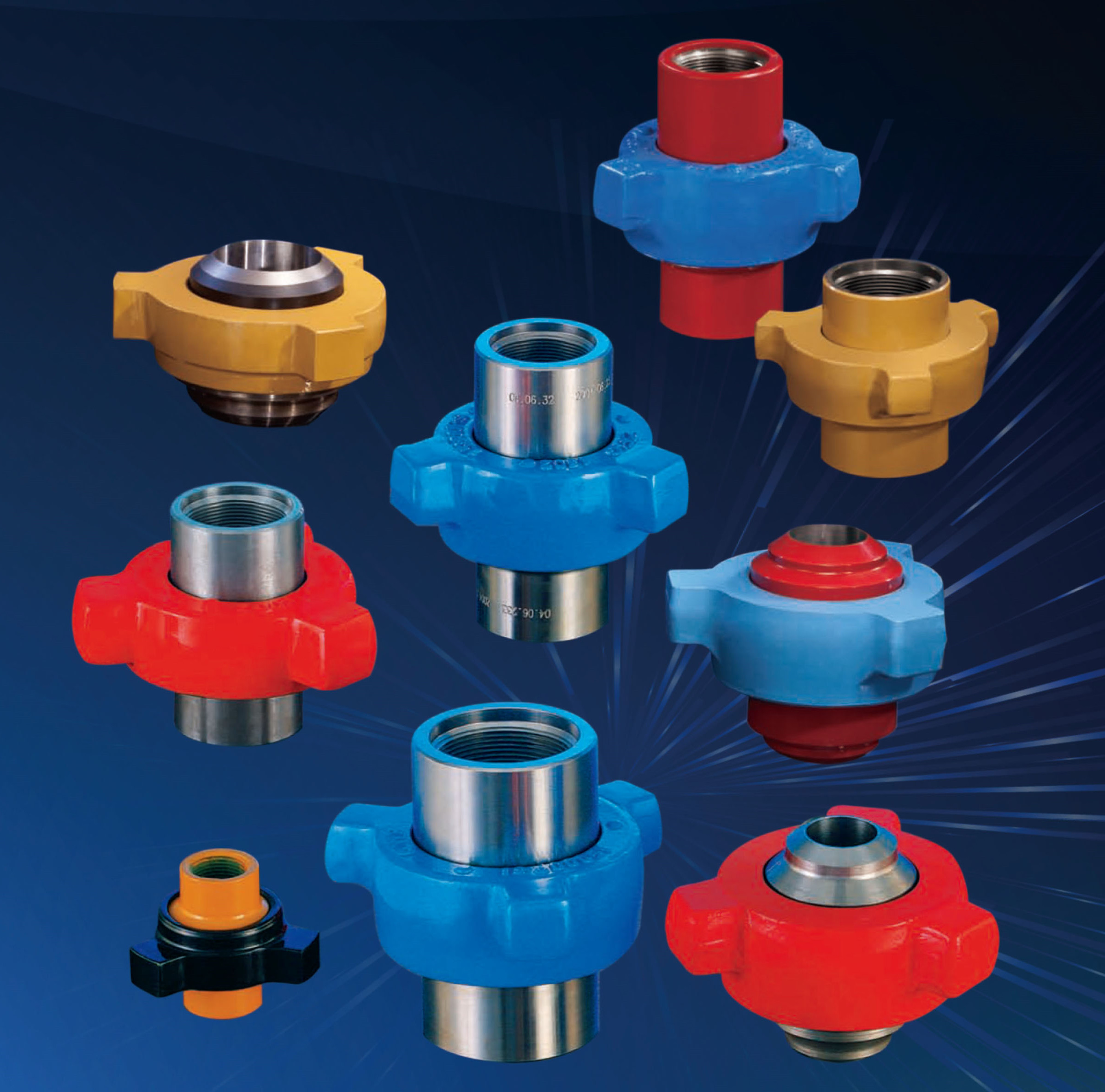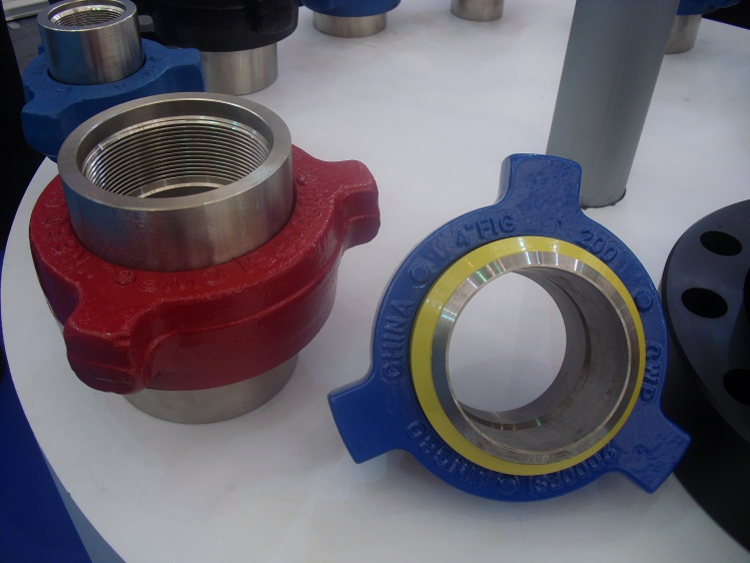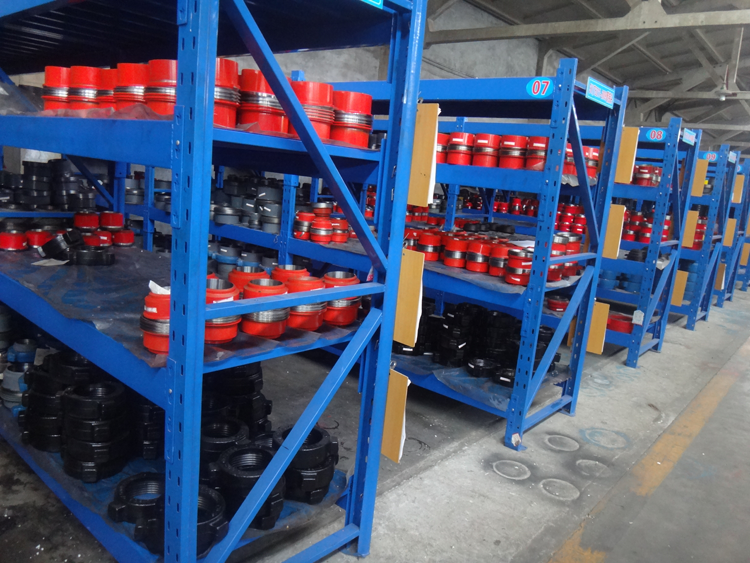As it is a common part in industrial production, as a professional manufacturer, I will introduce you to the relevant knowledge.
First, the product overview
1. The
hammer union produced by our company is mainly used for cementing, fracturing, acidizing, testing and plugging, killing pipelines, high-pressure manifolds and on-board systems; it is the accessory used for underground construction to connect various construction pipelines. One. It has the characteristics of flexible operation and high pressure resistance;
2. The high-pressure airfoil designed and manufactured by our company consists of threaded hammer union and welded hammer union , specifications are 1 "~12", cold working pressure is 14Mpa-105Mpa (2000ps-15000psi);
3. The high pressure has obvious connecting buckle type and pressure rating mark on the raft;
4. Anti-hydrogen sulfide hammering is suitable for use in various acidic working environments, and is grass green.
Second, the design features
1. Airfoil
hammer union is made of precision machined precision spherical surface and 90 degree conical surface, which makes the product strong and high pressure;
2. LP thread processed by CNC machine tools and imported tools, NU thread, EU thread. High precision and strong sealing, it is a reliable guarantee for high pressure sealing;
3. The sealing ring is made of imported rubber. After the sealing ring and the joint are matched, not only the sealing performance is good, but also the corrosion at the joint is avoided, thereby prolonging the product life;
4. The airfoil
hammer union used in the acidic environment is designed and manufactured in strict accordance with the NACE MR0175 standard;
5. The airfoil type is ACME threaded by the 壬 joint, which can be quickly tightened and unloaded without special tools, and has self-locking property. Products are interchangeable with international standards.
Third, the method of use
1. Check the thread from the boring first. If the inner and outer buckles are broken, they should be replaced.
2. Check and install the rubber seal.
3. Brush the brush with a wire brush and apply the sealant on the thread. Attach it to the tubing or size head, tighten with a pipe wrench, and then tighten it with a hoe or tighten it with a pipe wrench.
Fourth, matters needing attention
1. Use a hoe to prevent the thread from being broken;
2. Wash it in time and put it on the workbench.


